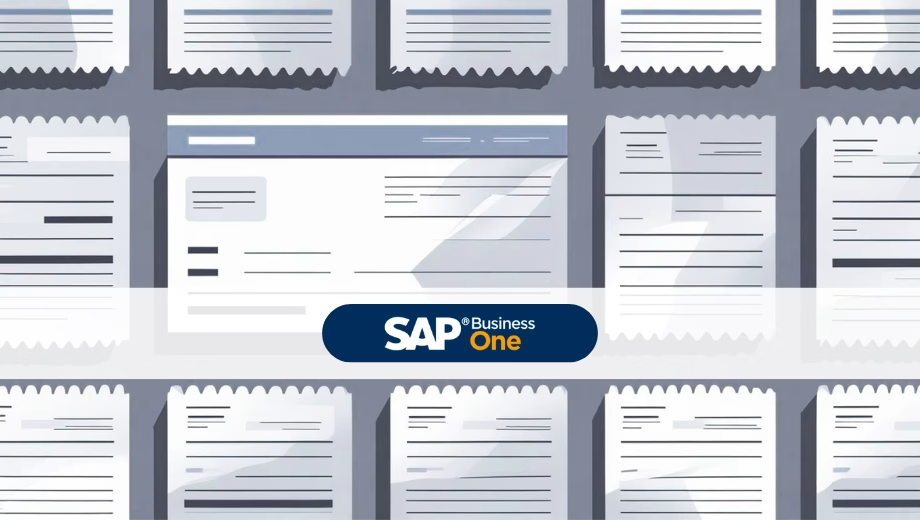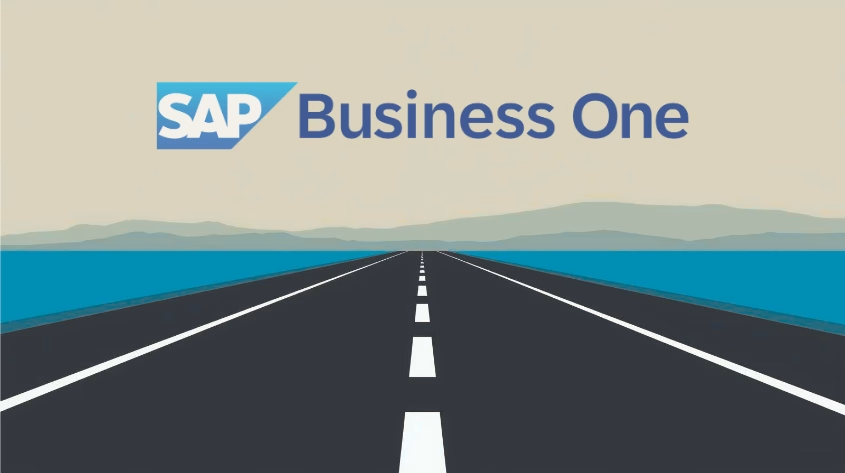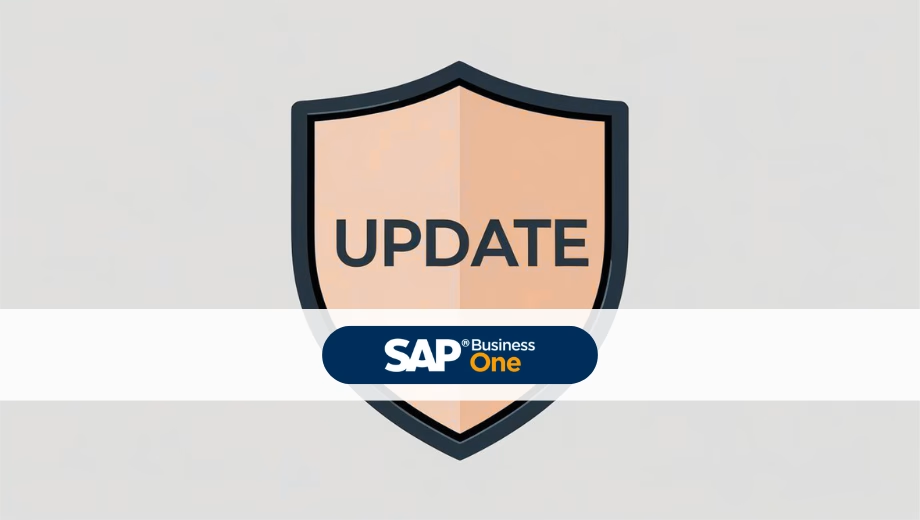
The Purchasing module in SAP Business One is central to the efficient handling of purchasing processes. It covers a wide range of functions, starting with the initialisation of the process through a supplier request, to the management of receipts and the updating of accounting and inventory data.
- Supplier enquiry and selectionThe purchasing process begins with a request for quotations for products or services from suppliers. After comparing the offers and selecting the best offer, an order document is created.
- Inventory managementThe next step in the process is to document the goods receipt, which marks the inclusion of the items in the company's inventory. This step is crucial for the Inventory management and forms the basis for subsequent invoicing.
- Invoicing and payment managementThe incoming invoice, which is a request for payment, follows the goods receipt. It is a central document in the purchasing process and can also be created without a prior purchase order or goods receipt documents. SAP Business One also allows you to create an A/P reserve invoice, which is similar to a purchase order but contains a payment request.
- Returns and credit notesIn the event of defects in the delivered goods, the purchasing process allows goods to be returned and corresponding returns or Credit memo documents to create.
- Document managementNew vouchers can be created based on existing vouchers, and open vouchers remain traceable in the system until they are closed or cancelled.
- Updating the accounting dataVarious steps in the purchasing process generate accounting transactions that include updating accounts, recording freight costs and taxes. The corresponding supplier accounts are also updated in the process.
- Stock update: The purchasing process in SAP Business One ensures that stock quantities are correctly reflected and updated, both when new goods are received and when returns are made.
Versino Financial Suite
the Versino Financial Suite provides the purchasing module in SAP Business One with significant advantages in the automation of invoice entry and accrual, posting documentation, compliance and transparency. It is therefore a considerable efficiency gain for controlling, accounting and financial statement preparation and thus supplements purchasing with best practice functions specifically for accounting.

Purchasing documents in SAP Business One - consistently efficient

Budgets in project-related purchasing with MariProject

Purchasing like "the big boys" in SAP Business One with andavis ordermanager

SAP Business One Roadmap: 5 surprising truths

New features in SAP Business One 10.0 FP 2508
